
Copernical Team
A clinical decision support system for Earth-independent medical operations
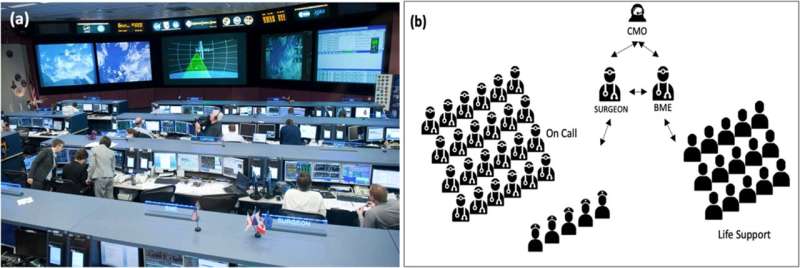
Studying spaceflight atrophy with machine learning
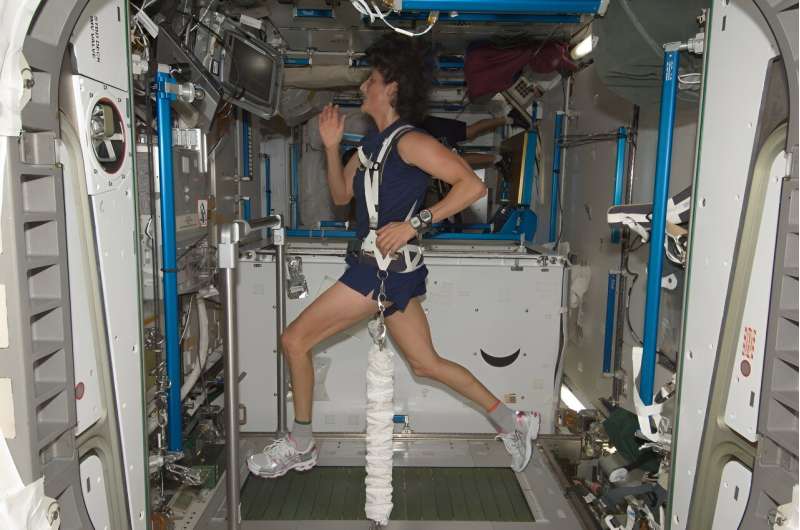
Even intense exercise by astronauts cannot compensate for muscle atrophy caused by microgravity. Atrophy occurs, in part, by way of an underlying mechanism that regulates calcium uptake. Recent research has shown exposure to spaceflight alters the uptake of calcium in muscles. However, the molecular mechanisms that drive these changes are not well studied.
Researchers at Ames Research Center investigated these mechanisms by applying machine learning (ML) to identify patterns in datasets on mice exposed to microgravity. ML methods are particularly effective in identifying patterns in complex biological data and are suited for space biological research where small datasets are often combined to increase statistical power.
'Tube map' around planets and moons made possible by knot theory
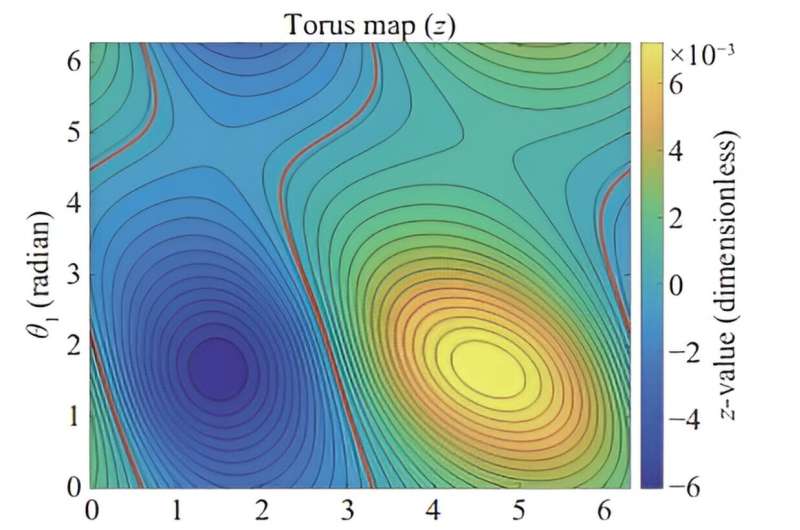
Just as sat-nav did away with the need to argue over the best route home, scientists from the University of Surrey have developed a new method to find the optimal routes for future space missions without the need to waste fuel. The paper is published in the journal Astrodynamics.
The new method uses mathematics to reveal all possible routes from one orbit to another without guesswork or using enormous computer power.
Danny Owen, who developed the technique at the Surrey Space Center, said, "Previously, when the likes of NASA wanted to plot a route, their calculations relied on either brute force or guesswork.
"Our new technique neatly reveals all possible routes a spacecraft could take from A to B, as long as both orbits share a common energy level.
"This makes the task of planning missions much simpler. We think of it as a tube map for space."
In recent decades, space missions have increasingly relied on the ability to change the course of a satellite's path through space without using fuel.
On-demand nutrient production system for long-duration space missions
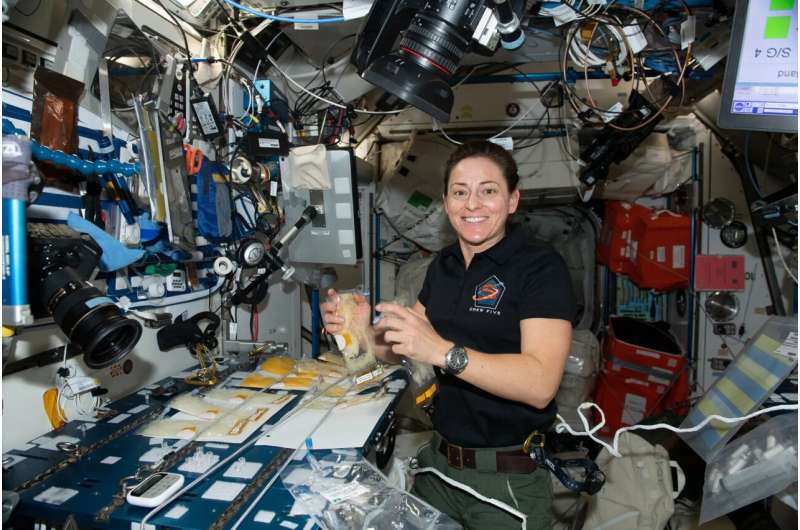
When astronauts embark on long space missions, they'll need to grow their own food because pre-packaged meals from Earth lose their nutritional value over time. The BioNutrients project at Ames Research Center's Space Biosciences Division has solved this problem by using genetic engineering to create microbially-based food that can produce nutrients and compounds, such as medicines, with minimal resources.
The process involves storing dried microbes and food-grade media in small bioreactors, which can be rehydrated and grown years later.
NASA's near space network enables PACE climate mission to 'phone home'
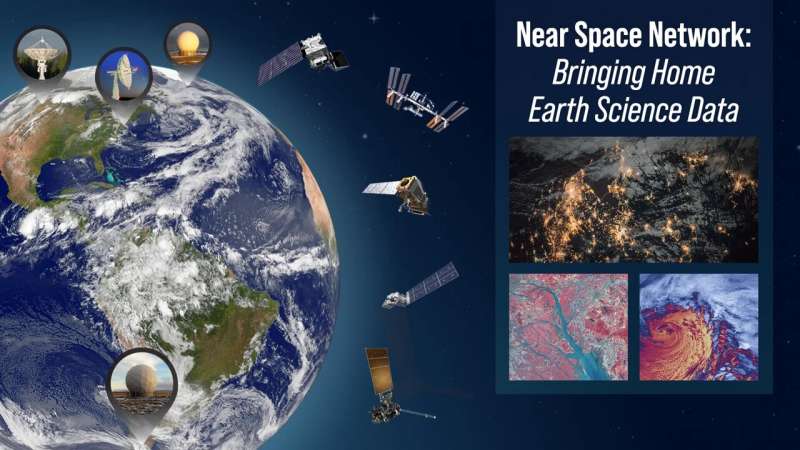
The PACE (Plankton, Aerosol, Cloud, ocean Ecosystem) mission has delivered its first operational data back to researchers, a feat made possible in part by innovative, data-storing technology from NASA's Near Space Network, which introduced two key enhancements for PACE and other upcoming science missions.
As a satellite orbits in space, its systems generate critical data about the spacecraft's health, location, battery life, and more. All of this occurs while the mission's science instruments capture images and data supporting the satellite's overall objective.
This data is then encoded and sent back to Earth via radio waves through NASA's Near Space Network and Deep Space Network—but not without challenges.
One challenge is extreme distances, where disruptions or delays are common.
NASA's Dragonfly rotorcraft mission to Saturn's moon Titan confirmed
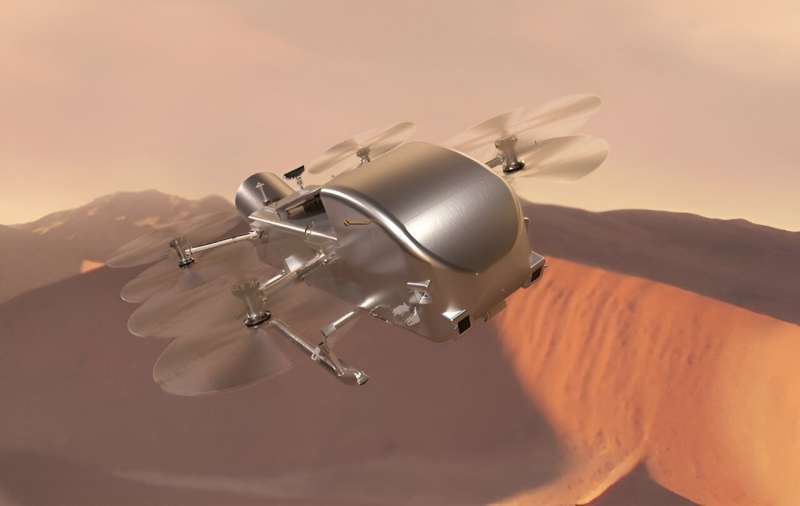
NASA has confirmed its Dragonfly rotorcraft mission to Saturn's organic-rich moon Titan. The decision allows the mission to progress to the completion of the final design, followed by the construction and testing of the entire spacecraft and science instruments.
"Dragonfly is a spectacular science mission with broad community interest, and we are excited to take the next steps on this mission," said Nicky Fox, associate administrator of the Science Mission Directorate at NASA Headquarters in Washington. "Exploring Titan will push the boundaries of what we can do with rotorcraft outside of Earth."
In early 2023, the mission successfully passed all the success criteria of its Preliminary Design Review. At that time, however, the mission was asked to develop an updated budget and schedule to fit into the current funding environment. This updated plan was presented and conditionally approved in November 2023, pending the outcome of the fiscal year 2025 budget process.
NASA's Roman space telescope's 'eyes' pass first vision test
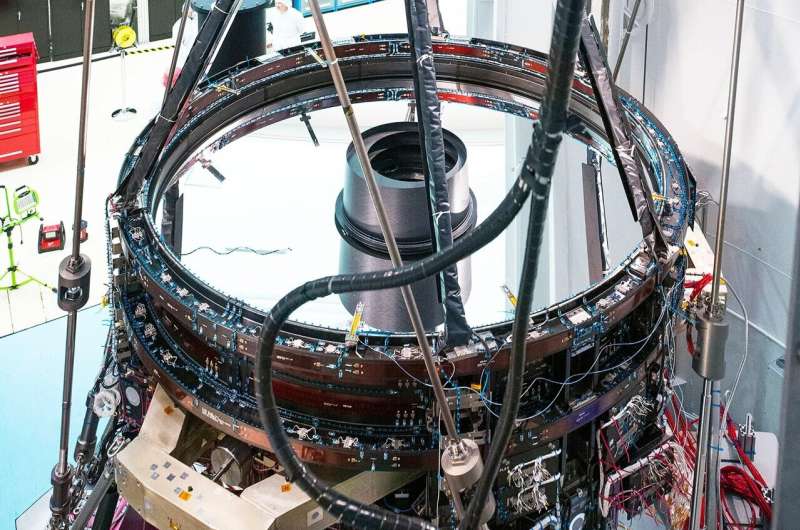
Engineers at L3Harris Technologies in Rochester, New York, have combined all 10 mirrors for NASA's Nancy Grace Roman Space Telescope.
NASA to hoist its sail: Solar sail mission gets ready for launch
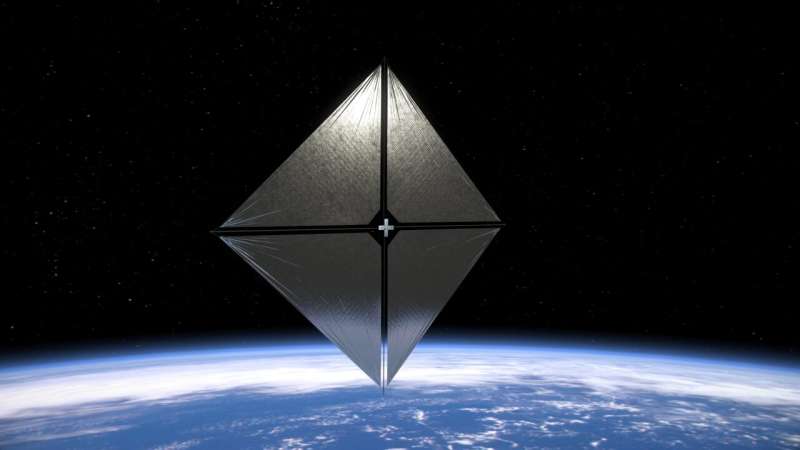
A NASA mission testing a new way of navigating our solar system is ready to hoist its sail into space—not to catch the wind, but the propulsive power of sunlight. The Advanced Composite Solar Sail System is targeting launch on Tuesday, April 23 (Wednesday, April 24 in New Zealand) aboard a Rocket Lab Electron rocket from the company's Launch Complex 1 on the Mahia Peninsula of New Zealand.
Rocket Lab's Electron rocket will deploy the mission's CubeSat about 600 miles above Earth—more than twice the altitude of the International Space Station. To test the performance of NASA's Advanced Composite Solar Sail System, the spacecraft must be in a high enough orbit for the tiny force of sunlight on the sail—roughly equivalent to the weight of a paperclip resting on your palm—to overcome atmospheric drag and gain altitude.
From Self-Employed to Self-Made: The POD Entrepreneur's Journey
 POD (Print on Demand) businesses have taken the entrepreneurial world by storm. With minimal investment and unlimited potential, many self-employed individuals have found success as self-made POD entrepreneurs. This article will delve into the journey of these individuals, highlighting their challenges, strategies for growth, and tips for those looking to embark on the same path.
b>1. Dis
POD (Print on Demand) businesses have taken the entrepreneurial world by storm. With minimal investment and unlimited potential, many self-employed individuals have found success as self-made POD entrepreneurs. This article will delve into the journey of these individuals, highlighting their challenges, strategies for growth, and tips for those looking to embark on the same path.
b>1. Dis NASA's Ingenuity Mars helicopter team says goodbye—for now

The final downlink shift by the Ingenuity team was a time to reflect on a highly successful mission—and to prepare the first aircraft on another world for its new role.

